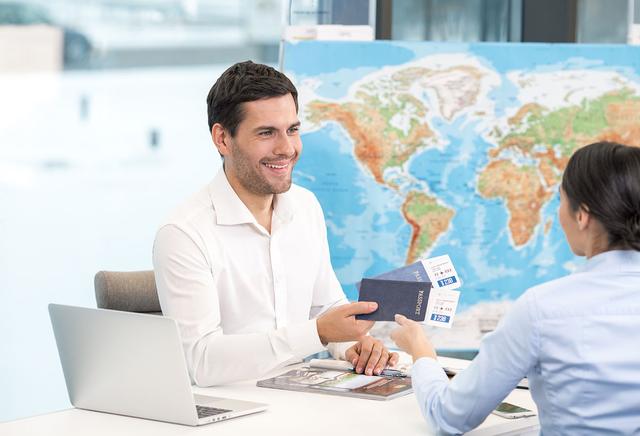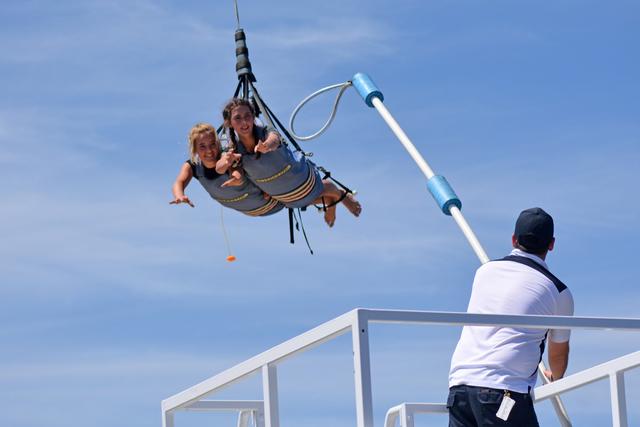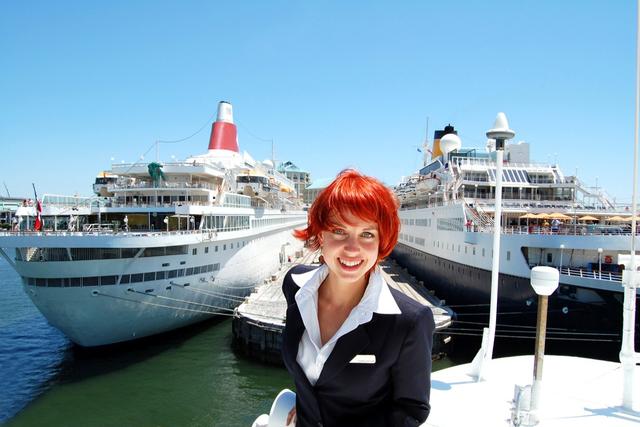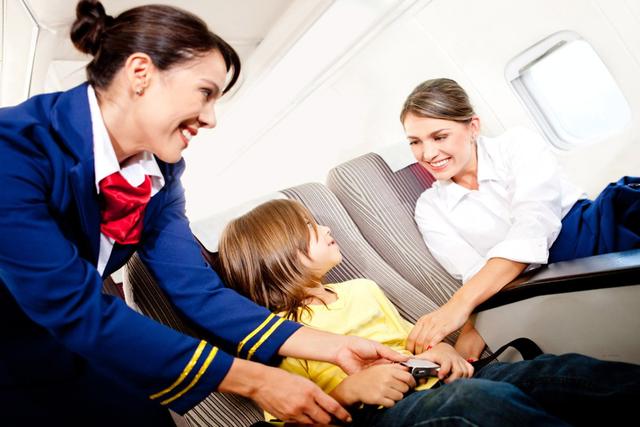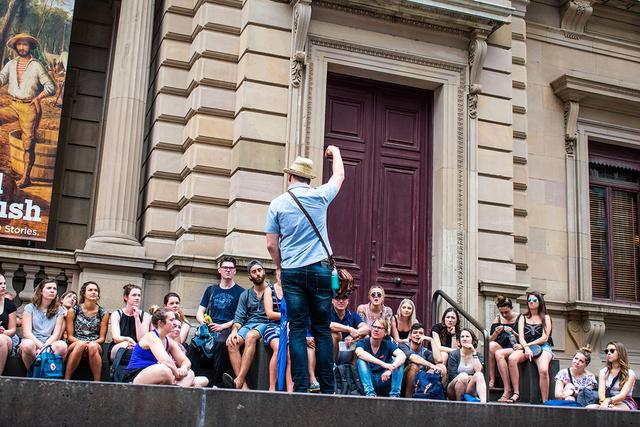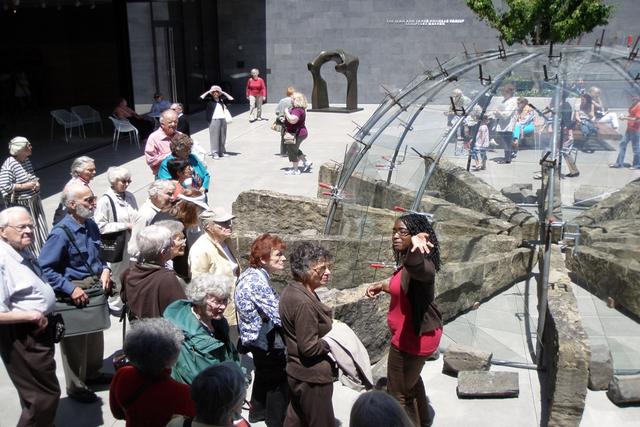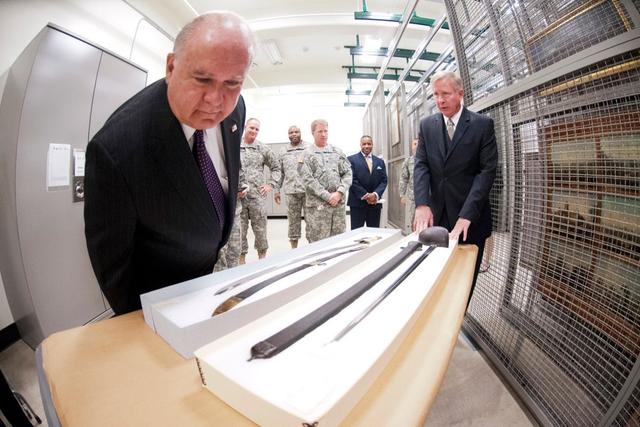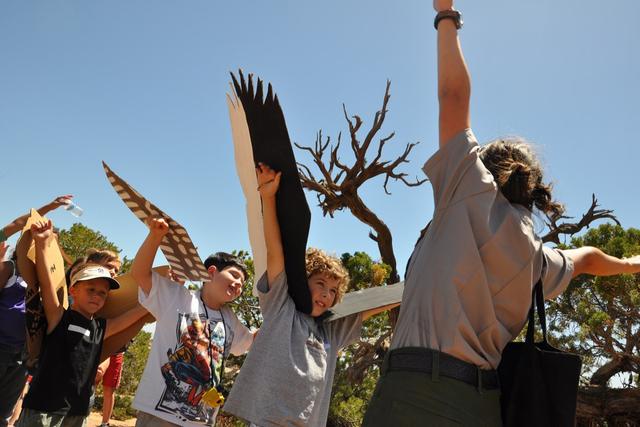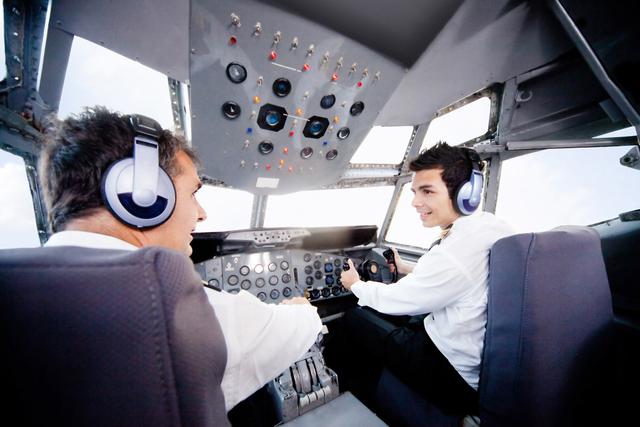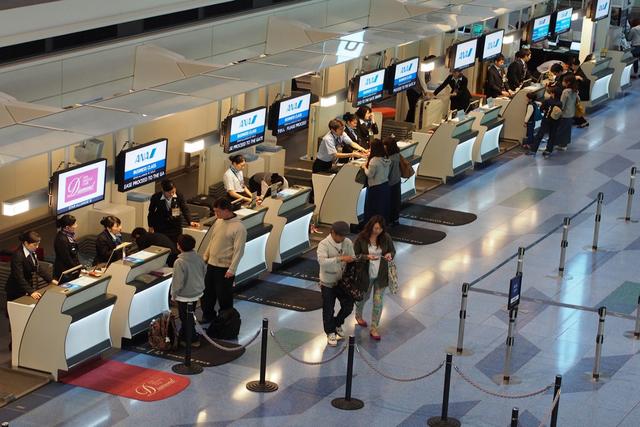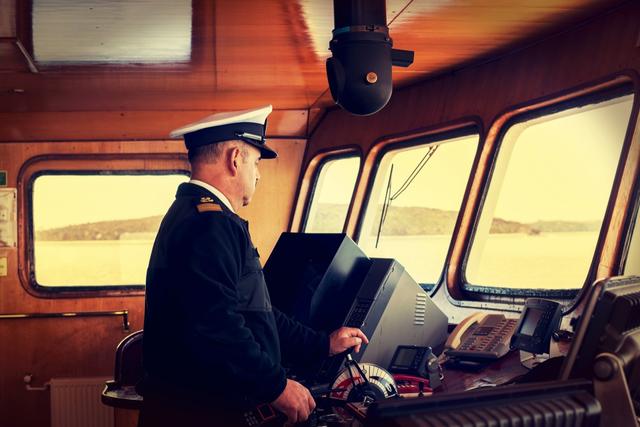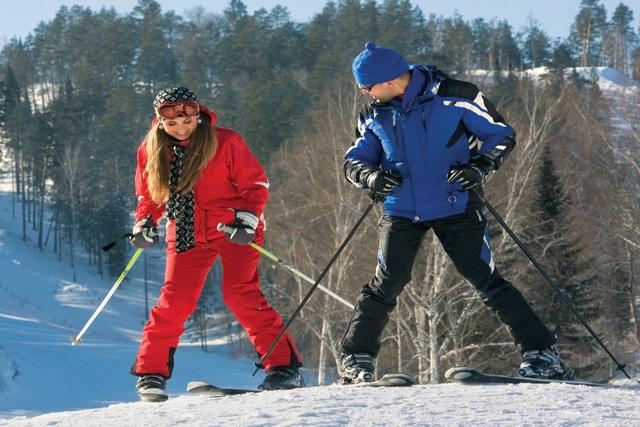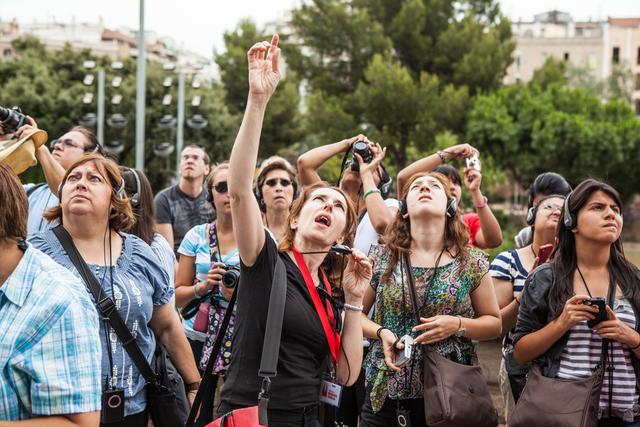Travel and Leisure

Overview
From airlines, cruise lines, and hotels to restaurants, tour companies, and theme parks, the travel and leisure industry employs millions of Americans each year and rates among the top 10 employers, according to the U.S. Travel Association. There are four basic necessities of travel: transportation, lodging, dining, and entertainment. Tourists may choose to combine one or more elements in a plan that a travel agent arranges, or they may choose to create a vacation and handle all the planning personally. Written travel guides are available for almost every major destination, and the Internet has become a remarkably powerful tool for gathering travel information, making plans, and booking accommodations.
Modern travel originated with the development of transportation. In the 19th century, steamships increased passenger travel between Europe and the United States. The rise of railroads led to an increased demand for hotels and inns and made it possible for the working class to afford train fare to the countryside or big cities. The invention of the airplane and the automobile further revolutionized travel by bringing greater numbers of travelers into the marketplace.
Commercial airlines are one of the travel industry’s major employers today. The typical organizational structure of an airline includes operations (pilots, flight attendants, ground crews); maintenance (mechanics, inspection, routine repairs); marketing (sales and advertisement); and finance divisions. Commercial airlines range from major carriers, earning more than $1 billion in annual revenue, to regional carriers with revenues of less than $100 million each year.
Hotels provide accommodations, meals, and personal services for the traveling public. The range of employment opportunities is vast: commercial hotels, motels, inns, residential hotels, resorts, and convention centers. Within hospitality establishments, employees range from front office, sales, and accounting staff to fo...
